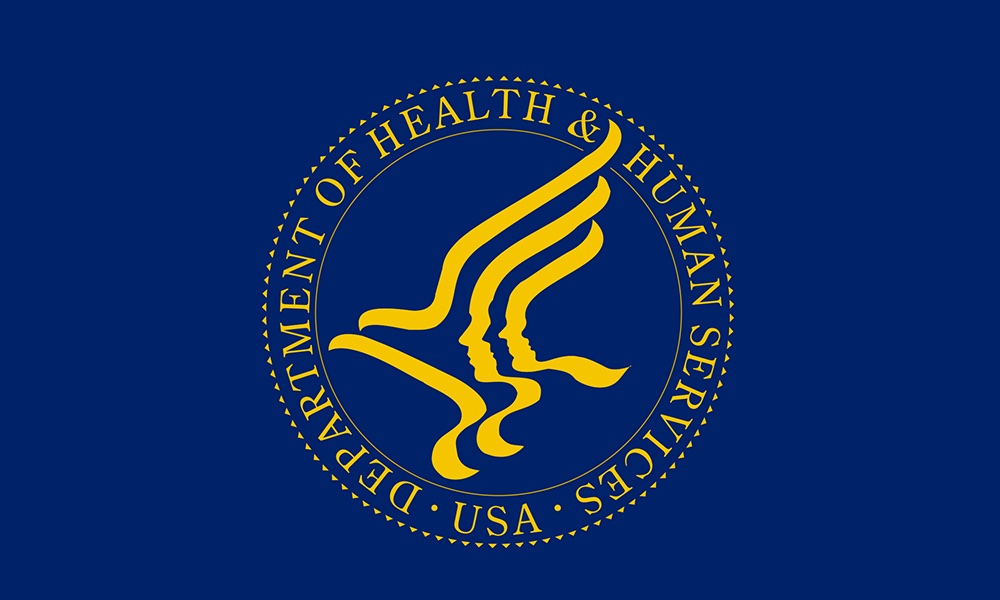Herbal preparations are widely used and minimally regulated. They can be safe and effective alternatives or adjuncts to conventional medical treatment. However, unlike prescribed drugs that are extensively tested for both safety and effectiveness prior to being released to the consumer, herbal products rarely undergo pre−marketing clinical trials. Herbal products can be purchased without prescriptions, so users do not generally have the benefit of consultation with a professional regarding safe and appropriate choices. Additionally, a self−prescribed herbal remedy may replace treatment with a proven therapy, so the user may risk complications of an untreated health condition.
Unregulated use of herbal remedies during pregnancy is particularly troubling as it may place both a mother and fetus at risk.
Although herbal products may be useful, they may have unexpected side effects, alter the efficacy of prescription medications taken at the same time, or contain dangerous impurities. Unregulated use of herbal remedies during pregnancy is particularly troubling as it may place both a mother and fetus at risk. This danger is compounded by the fact that many women don't disclose their use of alternative products to their health care providers.
A recently published study in the December online version of the American Journal of Obstetrics and Gynecology attempted to assess the use of herbal products by pregnant women in the United States.
Herbs may even affect how much a fetus is exposed to its mother's dose of prescription drug by chemically changing the drug so that it can move across the placenta and into the fetal circulation more readily.
Commonly used preparations included ephedra (which was taken off the market by the FDA in 2004 because of concerns about blood pressure and heart rhythm changes in users), ginger, ginseng, chamomile, and echinacea. Other less common preparations included cranberry extract, raspberry leaf, mint, and primrose oil. Reasons for using the remedies included morning sickness, upper respiratory infections, and urinary tract infections. Use was most often in the first few months of pregnancy.
The researchers noted that if the 9.4% rate of herbal use found among the study population was applied to all the pregnant women in the United State, there were potentially 395,000 women and their fetuses who would be exposed to at least one herbal preparation during pregnancy. The period of highest use, the first trimester, is also the time when body organs are forming and the fetus is most vulnerable to acquiring birth defects. The authors conclude that we need much more information and education about herbal use and safety during pregnancy. They also suggested that doctors and midwives need to ask patients about their use of herbal products.
What are some of the potential problems?
Since plants are the source of herbal products, the plant may contain mold or bacteria that may contaminate the product and lead to unwelcome side effects. Additionally, herbal products may contain potentially toxic metals such as lead or mercury either intentionally or as a contaminant of processing.
The herbal product may interact with prescription or over the counter medications in a way that makes their effectiveness less predictable. The herb may change the way the drugs are metabolized so that they are either less powerful or more powerful than intended. The herb may change the way the drugs are absorbed from the body or the way they are carried into cell membranes. Herbs may even affect how much a fetus is exposed to its mother's dose of prescription drug by chemically changing the drug so that it can move across the placenta and into the fetal circulation more readily.
The herb may change the body chemistry such that prescription drugs become more dangerous. For example, licorice can lower the body's potassium level which, in turn, makes some heart drugs more risky to use.
Hasn't anybody studied this?
The investigators found that for other herbs including cranberry use for urinary tract infections, raspberry leaf for labor, peppermint for nausea and vomiting, echinacea for respiratory illnesses the evidence was not sufficient to prove either safety or effectiveness. Chamomile tea was also neither proven safe nor effective, but concerns about potential allergic reactions, especially if users were allergic to ragweed, led investigators to caution against use in pregnancy. Other concerns included mixing an herb containing tannin with iron because the tannin could decrease the absorption of iron and render its use in prevention or treatment of anemia ineffective.
Other cautions included mixing ginger or chamomile with central nervous system depressant drugs such a anti−anxiety medicine because they could compound their sedating effects, and mixing garlic with medication to control blood pressure because garlic itself lowers blood pressure and could add dangerously to the medication effect.
The use of herbal preparations, in any stage of life, but particularly during pregnancy, should not be taken lightly and should be done with the counsel of a knowledgeable provider. Women should remember that "natural" does not equal "benign" and that their developing fetus is exposed to everything that they themselves are. They should let their health care providers know of all the products they are using. Similarly, health care providers should remember to ask their patients about these products and provide them with accurate information regarding risks and benefits.




